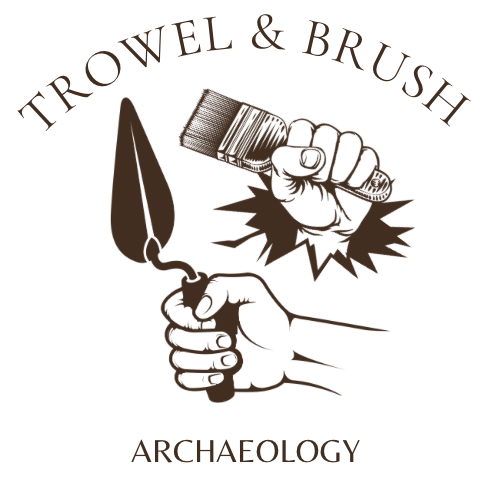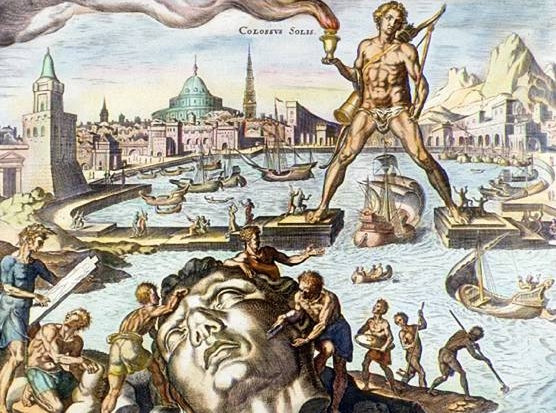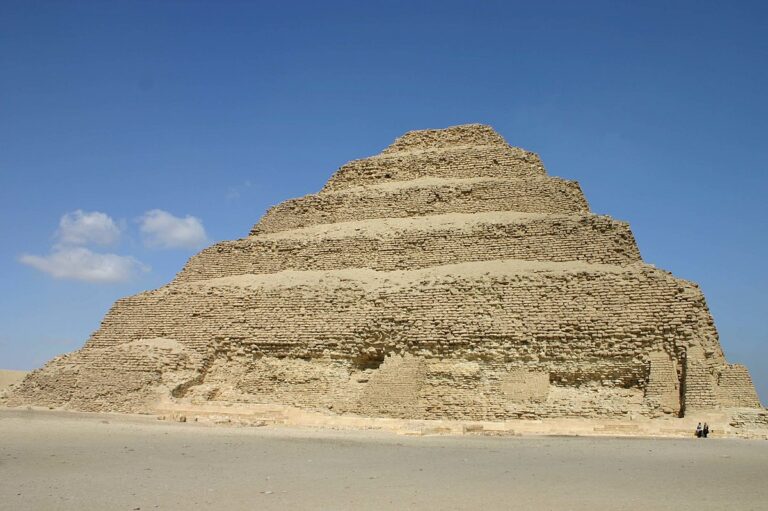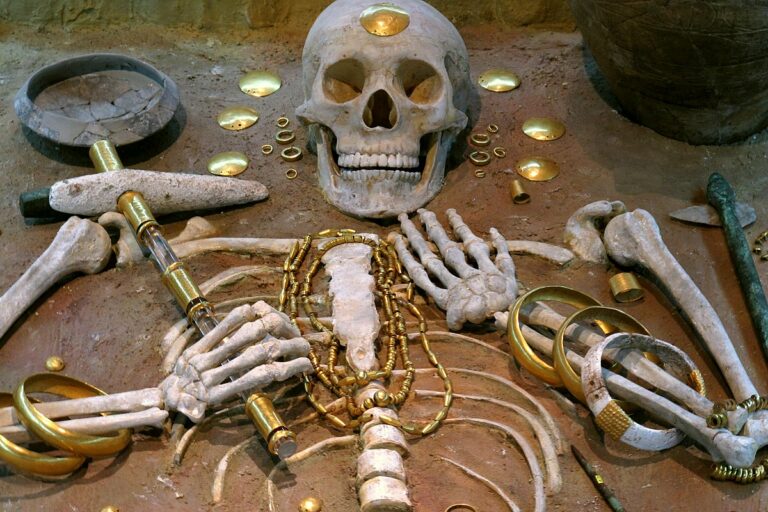Decoding Ancient Languages
Across the sands of time, civilizations have come and gone, leaving behind enigmatic scripts as testaments to their existence.
These scripts, etched on stone, impressed on clay, or ink on parchment, are often tantalizing puzzles waiting to be solved.
Piecing together these linguistic jigsaws requires more than just linguistic prowess—it demands the acumen of a detective, the intuition of an artist, and the perseverance of a historian.
This article endeavors to illuminate the intricate and captivating journey of decoding some of history’s most mysterious languages.
The Decipherment Process: An Overview
- Discovery and Documentation: After the initial discovery, inscriptions are cataloged meticulously.
- Pattern Recognition: Common symbols hint at frequently used words or grammar structures.
- Comparison with Known Scripts: Recognizable evolutions or parallels can give crucial breakthroughs.
- Bilingual Texts: Texts in both the unknown and a known language can serve as a Rosetta Stone-like guide.
- Contextual Analysis: Understand the milieu the script was used in.
- Collaborative Synthesis: A global collaboration can challenge and refine interpretations.
Linear B: Echoes from Bronze Age Greece
Discovery: during excavations at the palace of Knossos on Crete between 1900 and 1903, Sir Arthur Evans stumbled upon clay tablets with an unknown script. Unlike the older script, Linear A, which still remains undeciphered, Linear B was found not only in Crete but also on the Greek mainland, especially at the palace of Pylos1. The widespread nature of the discovery hinted at its importance in administrative and possibly religious functions in the late Bronze Age Aegean world.
Decoding Process:
- Pattern Recognition: Ventris noticed certain recurring symbols.
- Comparison: With the hypothesis that it might be a form of Greek, Ventris started cross-referencing with ancient Greek phonetics.
- Collaboration: Ventris and John Chadwick, an ancient Greek linguist, together began translating the script, revealing an archaic form of Greek detailing trades, religious rites, and administrative records.
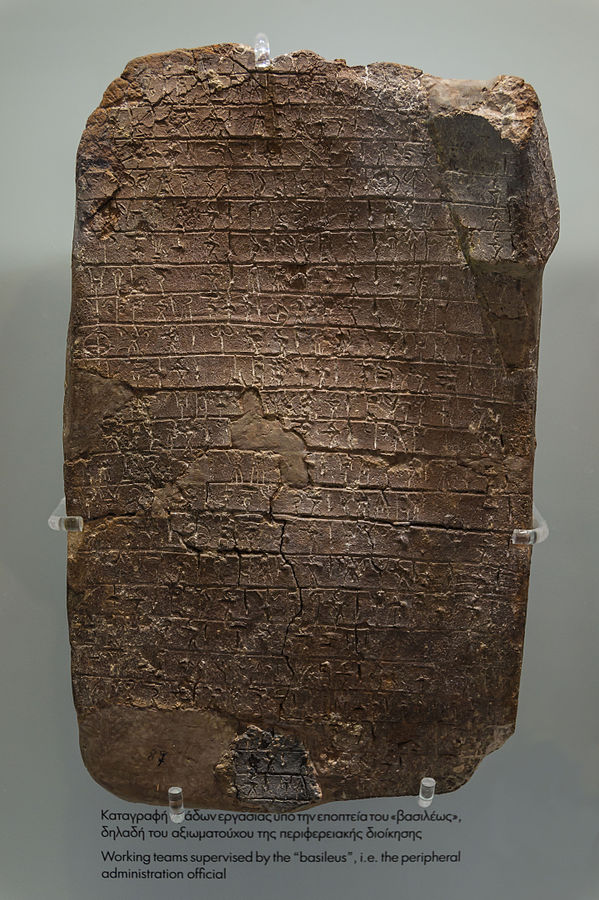
Egyptian Hieroglyphs: A Chronicle in Stone
Discovery: Hieroglyphs, for centuries, remained intriguing yet incomprehensible symbols on monuments, tombs, and artifacts. Their significance was realized, but the key to understanding them eluded scholars. It was only with the discovery of the Rosetta Stone near the town of Rashid (Rosetta) in Egypt by French soldiers in 1799 that hope dawned2. The stone bore inscriptions in three scripts: hieroglyphic, demotic, and Greek, acting as a comparative tool for decipherment.
Decoding Process:
- Bilingual Key: The stone’s Greek inscription served as a reference.
- Phonetic and Symbolic Understanding: Champollion discerned that hieroglyphs had dual functions: some were alphabetic, others were ideograms.
- Expansion: Hieroglyphic understanding expanded as more inscriptions were compared, unveiling religious, administrative, and daily life tales from ancient Egypt.
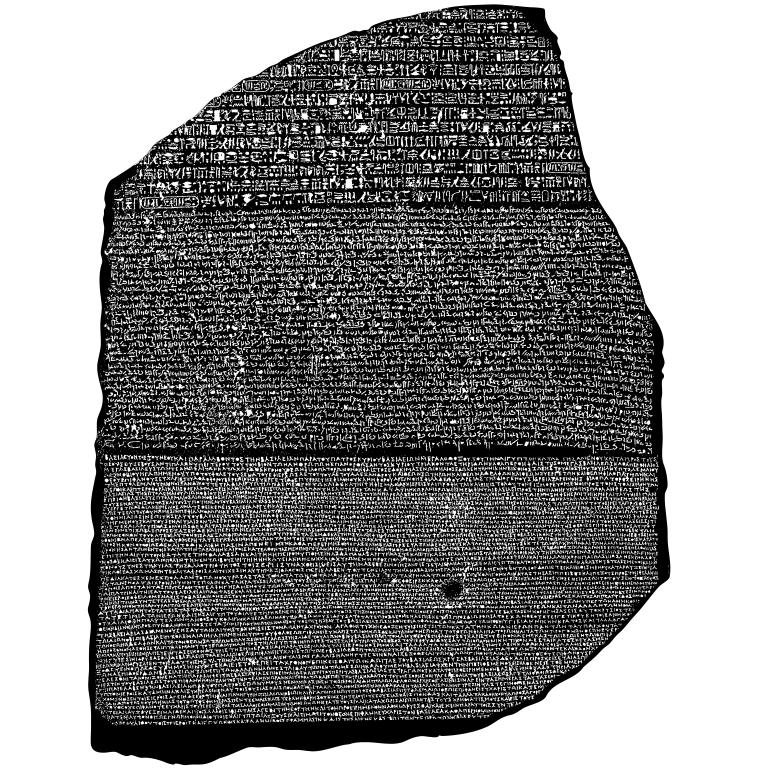
The Mayan Glyphs: The Cosmos and the Jungle
Discovery: Deep in the rainforests of Central America, ancient stone stelae, temple walls, and codices held a mysterious script telling tales of a once-great civilization. Explorers in the 19th century, like John Lloyd Stephens and Frederick Catherwood, documented the incredible ruins of cities like Palenque and Copán, reigniting interest in the enigmatic Mayan glyphs3.
Decoding Process:
- Logogram Insight: Yuri Knorozov postulated that the glyphs were a mix of phonetic symbols and logograms.
- Contextual Analysis: Recognizing the significance of astronomy and calendars in Mayan culture, scholars sought patterns that matched these themes.
- Collaboration: Epigraphers and linguists combined efforts to uncover the meanings, interpreting history, and spiritual beliefs.
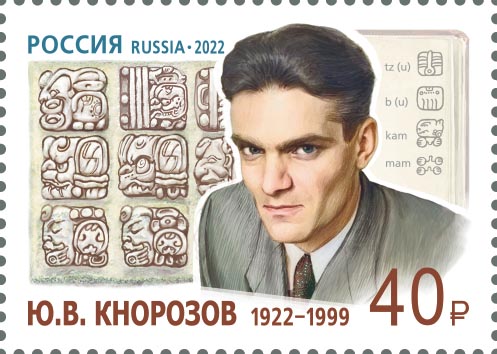
Cuneiform: Mesopotamia’s Legacy
Discovery: Cuneiform script, impressed upon clay tablets, was first encountered in the ruins of ancient Mesopotamian cities. Sir Henry Rawlinson, in the 19th century, began deciphering inscriptions on the Behistun Rock in Iran4. This massive rock relief bore inscriptions in three cuneiform script variants, providing a comparative platform similar to the Rosetta Stone.
Decoding Process:
- Multilingual Decipherment: Cuneiform inscriptions from the Achaemenid period, particularly in Old Persian, Elamite, and Babylonian, provided clues.
- Linguistic Expansion: As one language got partially deciphered, it provided hints for others.
- Contextual Analysis: Understanding Mesopotamian society, trade, and politics provided context.
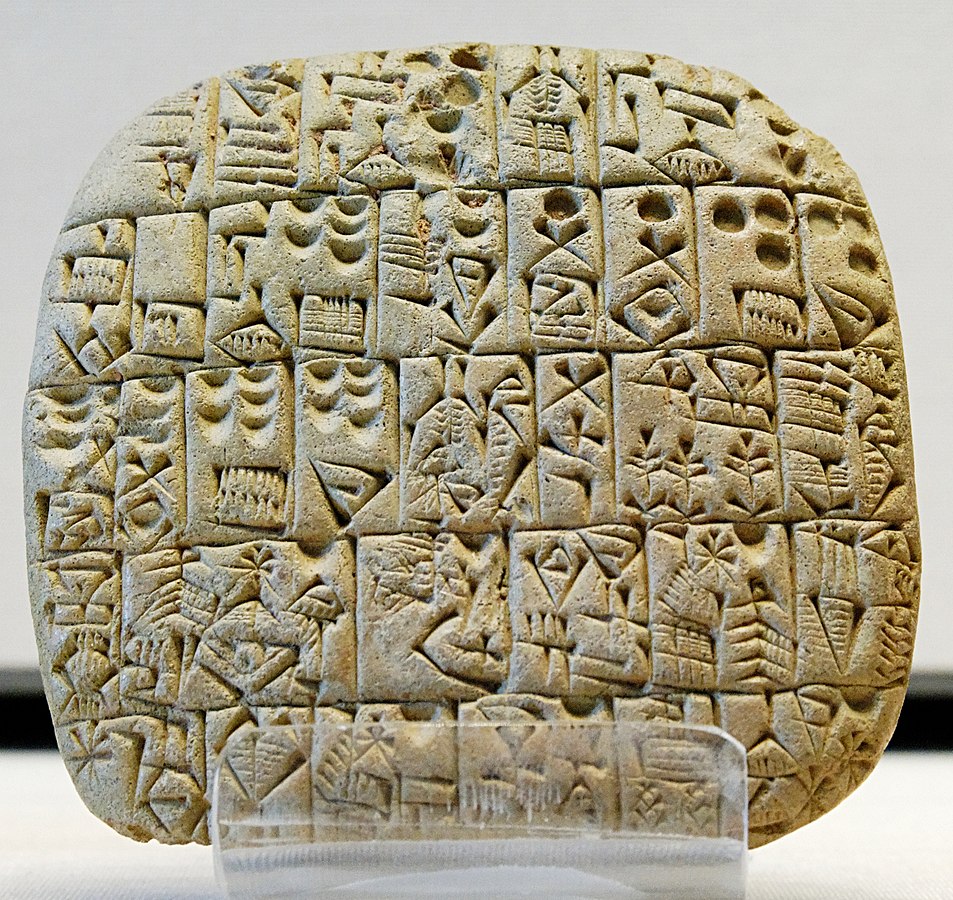
Proto-Elamite: The Unyielding Enigma
Discovery: In the late 19th and early 20th centuries, excavations in Susa (modern-day Iran) brought to light thousands of clay tablets with unfamiliar inscriptions4. Dated to around 3000 BCE, these texts, now recognized as Proto-Elamite, are among the earliest known written records but remain largely undeciphered.
Decoding Process:
- Digital Analysis: Modern researchers employ digital tools to analyze patterns.
- Comparison with Later Scripts: Proto-Elamite’s successors, like Linear Elamite, offer potential insights.
- Stalemate: The absence of bilingual tablets and unique symbols makes it an ongoing challenge.
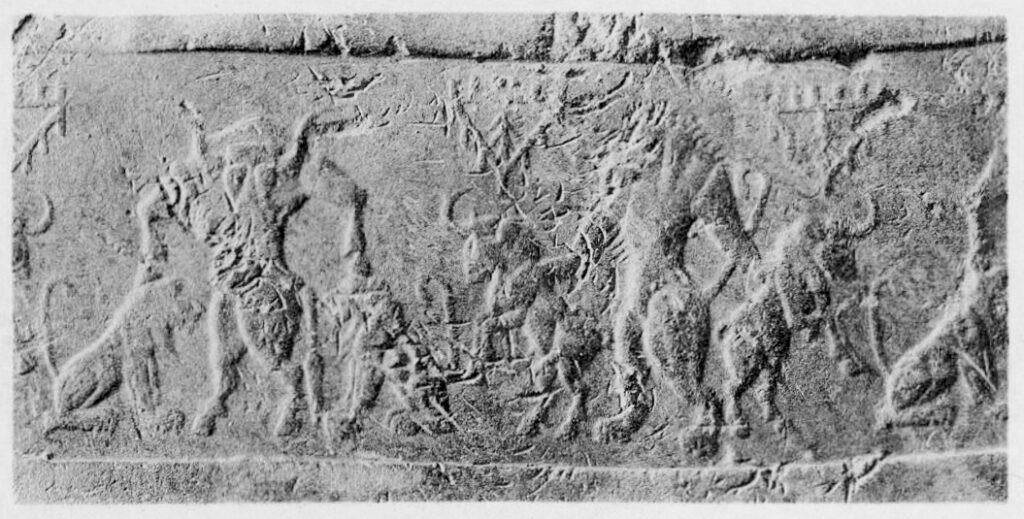
Indus Script: The Silent Cities
Discovery: The ruins of Harappa and Mohenjo-Daro, discovered in the 1920s in what is now Pakistan, revealed a sophisticated urban civilization from around 2500-1900 BCE. Among the artifacts were small seals carved from soapstone, often depicting animals and mysterious symbols5. These symbols, also found on pottery, tools, and other artifacts across the Indus Valley, suggested a script waiting to be deciphered.
Decoding Process:
- Pattern Recognition: Symbols associated with certain figures, like a horned deity or specific animals, hinted at religious or societal hierarchies.
- Length Challenge: The brevity of inscriptions (often just 4-5 symbols) makes meaningful decipherment difficult.
- Ongoing Research: Efforts continue, using computational techniques and inter-disciplinary research.
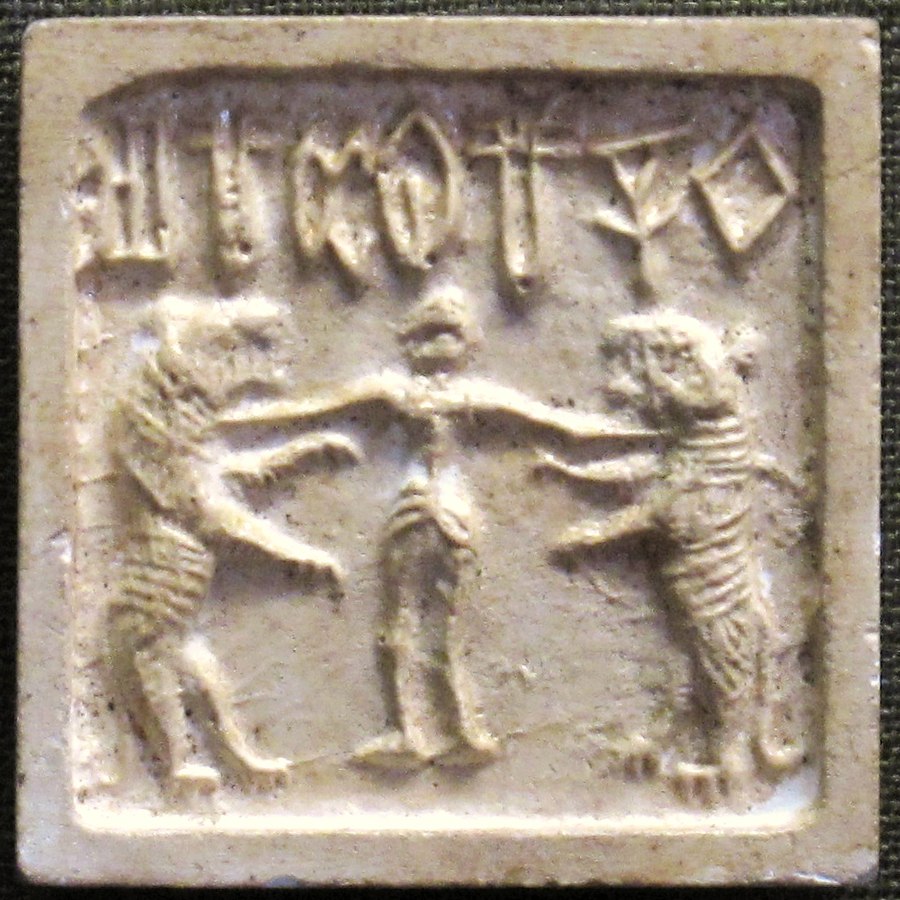
The art of decipherment is more than an academic exercise; it’s a bridge to our ancestral past.
As we decode each symbol and phrase, we breathe life into forgotten stories, rekindling the voices that once echoed in bustling marketplaces, sacred temples, and regal palaces.
Every discovery is a celebration of human ingenuity, a testament to our timeless urge to communicate, record, and be remembered.
Through this relentless quest, we don’t just understand ancient scripts; we come closer to understanding ourselves and our shared human legacy.
References:
- Chadwick, J. (1958). The Decipherment of Linear B. Cambridge University Press.
- Parkinson, R. (1999). Cracking Codes: The Rosetta Stone and Decipherment. British Museum Press.
- Coe, M.D., & Van Stone, M. (2005). Reading the Maya Glyphs. Thames & Hudson.
- Englund, R.K. (2004). The state of decipherment of proto-Elamite. Stephen Houston, ed., The First Writing: Script Invention as History and Process, 100–149. Cambridge University Press.
- Farmer, S., Sproat, R., & Witzel, M. (2004). The Collapse of the Indus-Script Thesis: The Myth of a Literate Harappan Civilization. Electronic Journal of Vedic Studies.
Check This Out
“Fun Fact: The decipherment of Linear B was made even more impressive because Michael Ventris, the key figure behind its translation, wasn’t a professional linguist or archaeologist. He was an architect! Ventris’ passion for the ancient script began when he was just a teenager, proving that sometimes, curiosity and determination can outweigh years of formal training.”
Loved our deep dive into the world of ancient languages? Dive even deeper with our feature on The Odyssey of The Triumphal Quadriga!

